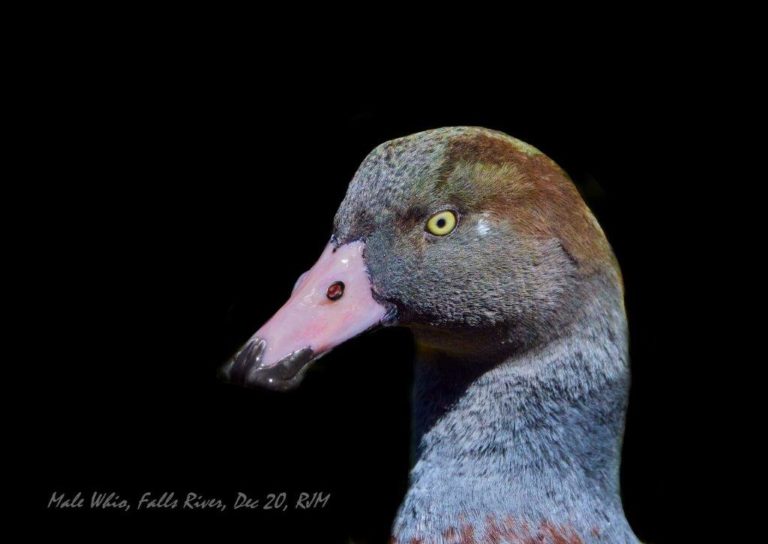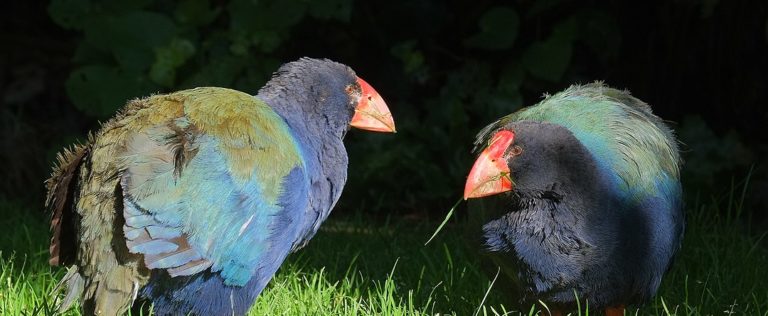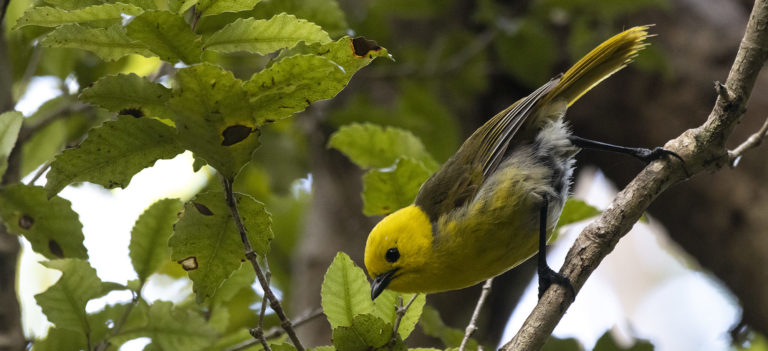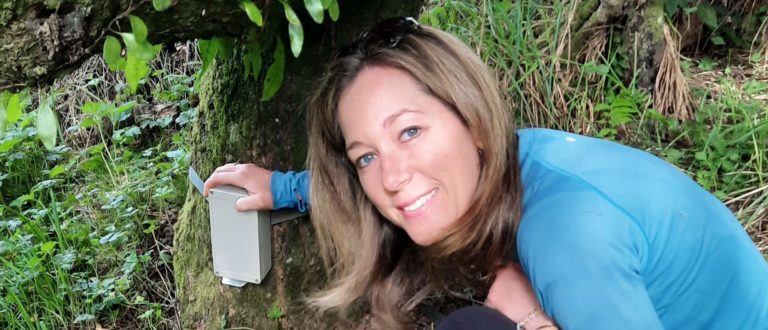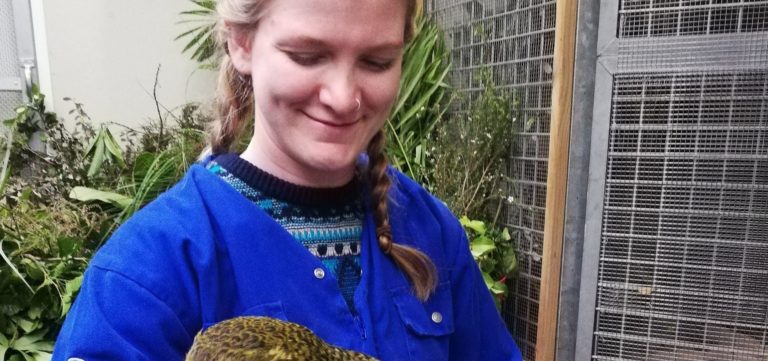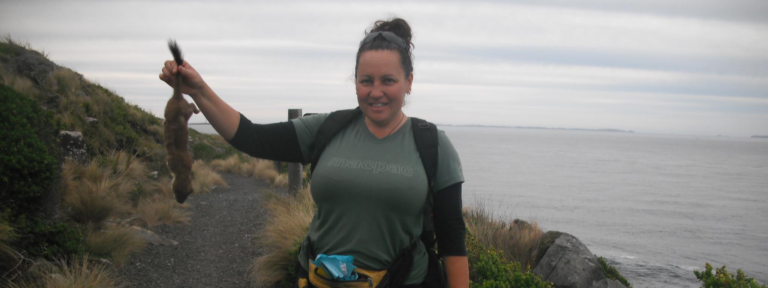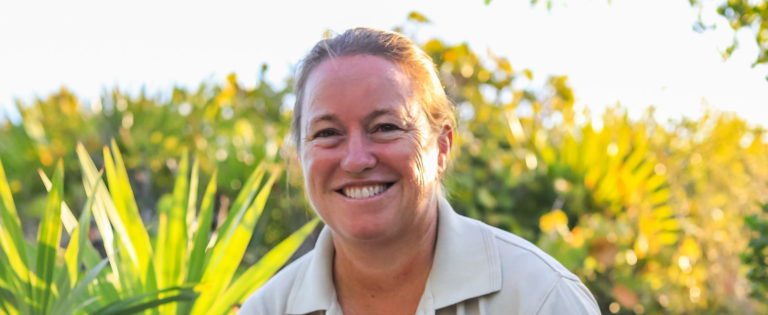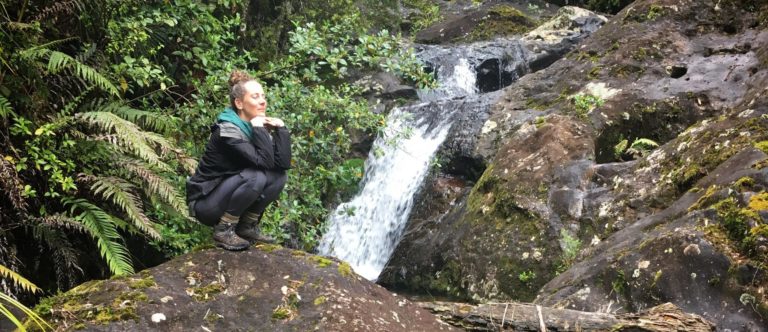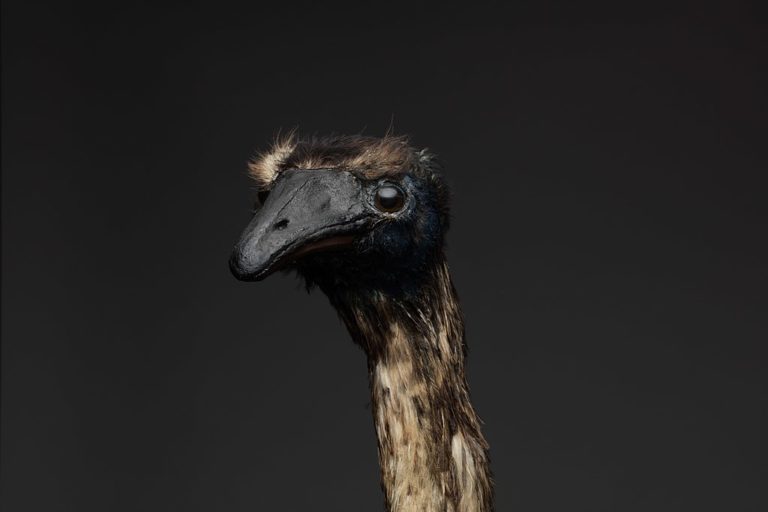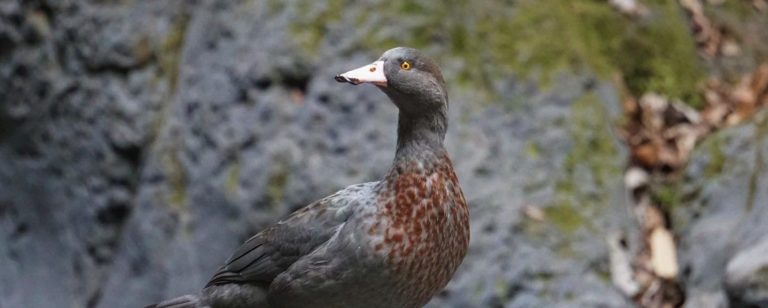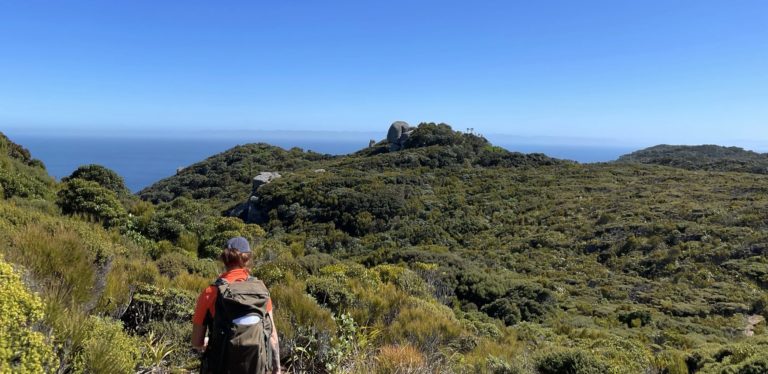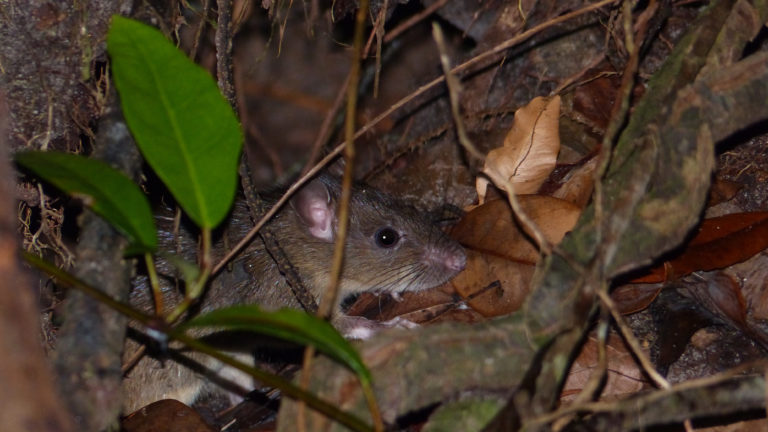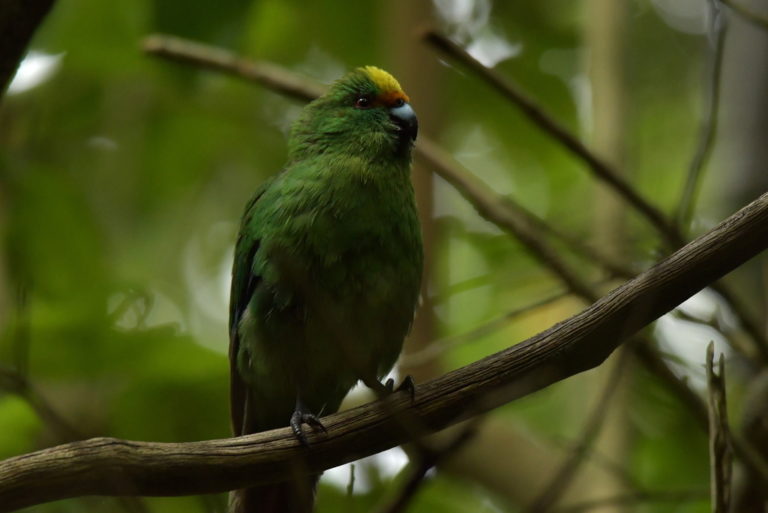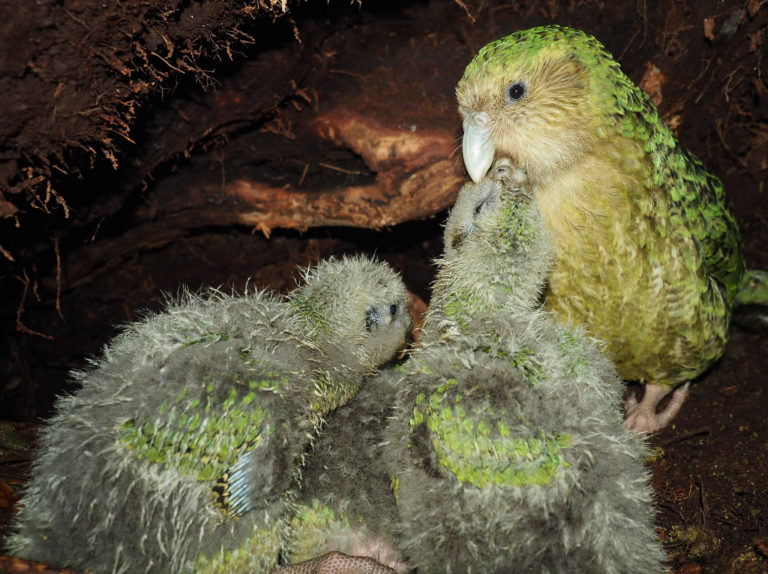Combined control contains the key to whio population growth
A seven-year Department of Conservation study into combined predator control methods has revealed great news for the survival of our native whio (blue ducks). The…
Seabirds, disease, sanctuary islands
In modern covid times, we’re all very aware of how diseases can spread across borders through international air travel. Something similar could be happening with…
Where have all the custard-heads gone? 5 facts on our rare mohua
With the affectionate nickname of custard-head, it should be easy to recognise the mohua (yellowhead). Their bright yellow plumage donning their heads should be a…
What inspires the inspiring? We asked 5 women making big strides in conservation
Longlife lures. Burrowing birds. Cute kākāpō cartoons. What do all these things have in common? Amazing wāhine who are forwarding the predator free goal in…
IWD2022: kākāpō cartooning with Sarah Little
Self-confessed bird nerd Sarah Little spends most days caring for kākāpo. She’s a Department of Conservation ranger out on predator free island Whenua Hou (Codfish…
IWD2022: teaching about our taonga with Estelle Pura Pera-Leask
Māori values, practices and stories are integral to the predator free kaupapa, and Māori knowledge and energy is crucial to its success. For International Women’s…
IWD2022: enterprising ecology with Biz Bell
How do you make ecological expertise available to a wide range of groups, organisations and government entities? By running a world-leading environmental consultancy. This International…
IWD2022: protecting Mahakirau with Sara Smerdon
Every day, conservation volunteers like Sara Smerdon work towards getting their patch predator free. But unlike most, Sara lives in the very forest she protects.…
IWD2022: taking tech new places with Dr Helen Blackie
To reach an ambitious goal, you’re going to need some ingenious thinking. Aotearoa New Zealand is investing heavily in new tech and tools to reach…
Rakiura skeleton helps solve ancient mystery
Could moa have once lived on Rakiura/Stewart Island? Moa bones have been found on Rakiura in the past, but nearly all of them have shown…
Getting to know our plucky duck: 5 facts about whio
Steep streams, turbulent rapids and huge boulders are terrains too rough for most ducks – but perfect for a whio (blue duck). Let’s have a…
Connecting with the cause: feeding kākāpō on Whenua Hou
What’s it like meeting Merv the kākāpō? Ask Jack Fifield – a 26-year-old Predator Free Apprentice passionate about his work in pest control. But, if…
Oh, rats! 5 rodent facts that will shock you
If you still view rats as merely a packet-gnawing, pooping pantry menace, it’s time to take a second look. Rats aren’t simply a nuisance in…
The challenges of counting kākāriki
Counting green parakeets in an equally green forest can be something of a challenge even for the experts. But when those parakeets are as rare…
Love is in the air: bumper breeding season for kākāpō
Cupid’s bow and arrow have well and truly hit their mark this kākāpō breeding season. We’ve seen mammoth mating sessions, super-sized clutches, and reclusive bachelors…

